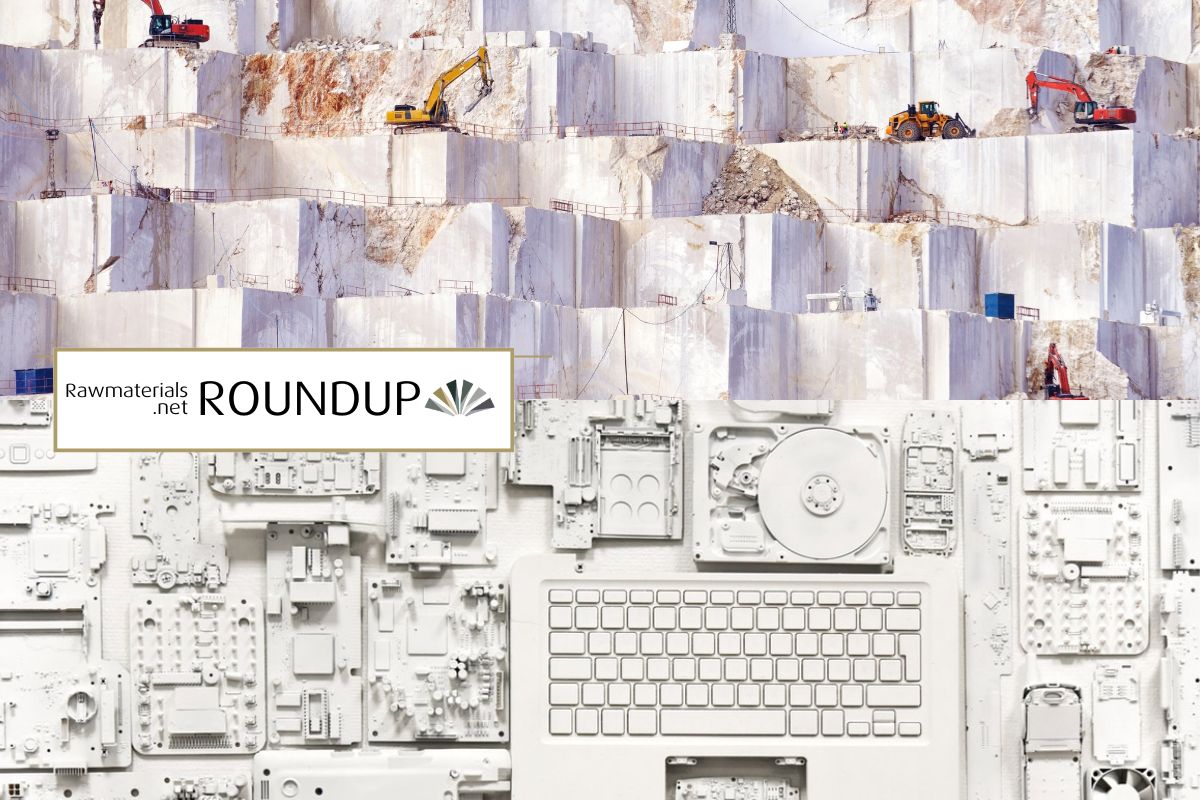This week, China’s first batch of July export data revealed a decline in rare earth shipments, while Europe’s wind industry called for stronger measures to reduce dependence on Chinese rare earth magnets. Meanwhile, U.S. rare earth miner MP Materials reported its latest quarterly results—the details in our roundup.
Rare Earth Exports Decline in July – Remain Above 12-Month Average
According to the latest data from Chinese customs authorities, exports of rare earths dropped significantly in July, following a record-setting month in June 2025. At 5,994 tonnes, volumes were nearly 23 percent lower than in the previous month. However, the figure remains above the average of the past twelve months. In April, China imposed export controls on seven of the total seventeen rare earth elements.
To the article
Rare Earth Magnets: Europe’s Wind Industry Aims to Cut Reliance on China
Permanent magnets made from rare earth elements are essential components in wind turbines. However, these high-tech parts and the necessary raw materials predominantly come from China. To reduce this dependency, the European wind industry and the German Federal Ministry for Economic Affairs and Energy have now presented a plan. By 2030, 30 percent of permanent magnets are to be sourced from alternative suppliers, with that share increasing to 50 percent by 2035.
To the article
MP Materials Expands Production, Narrows Losses
U.S. rare earth company MP Materials achieved an 84% year-over-year increase in revenue in the second quarter. According to the company, this growth was driven by higher production volumes of separated rare earth elements and, for the first time, revenue from precursor materials used in magnet production. Overall, output from the company-owned Mountain Pass mine rose by 45%.
To the article
Australia: Price Floors to Boost Investment in Raw Materials Projects
China’s dominance in critical raw materials poses major challenges for Western industrial nations, both in terms of costs and the development of domestic extraction capacities. One possible solution: government-guaranteed price floors. Following the U.S., Australia is now also considering this approach.
To the article

